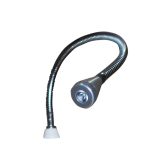LED Light Bulbs: Everything You Need to Know
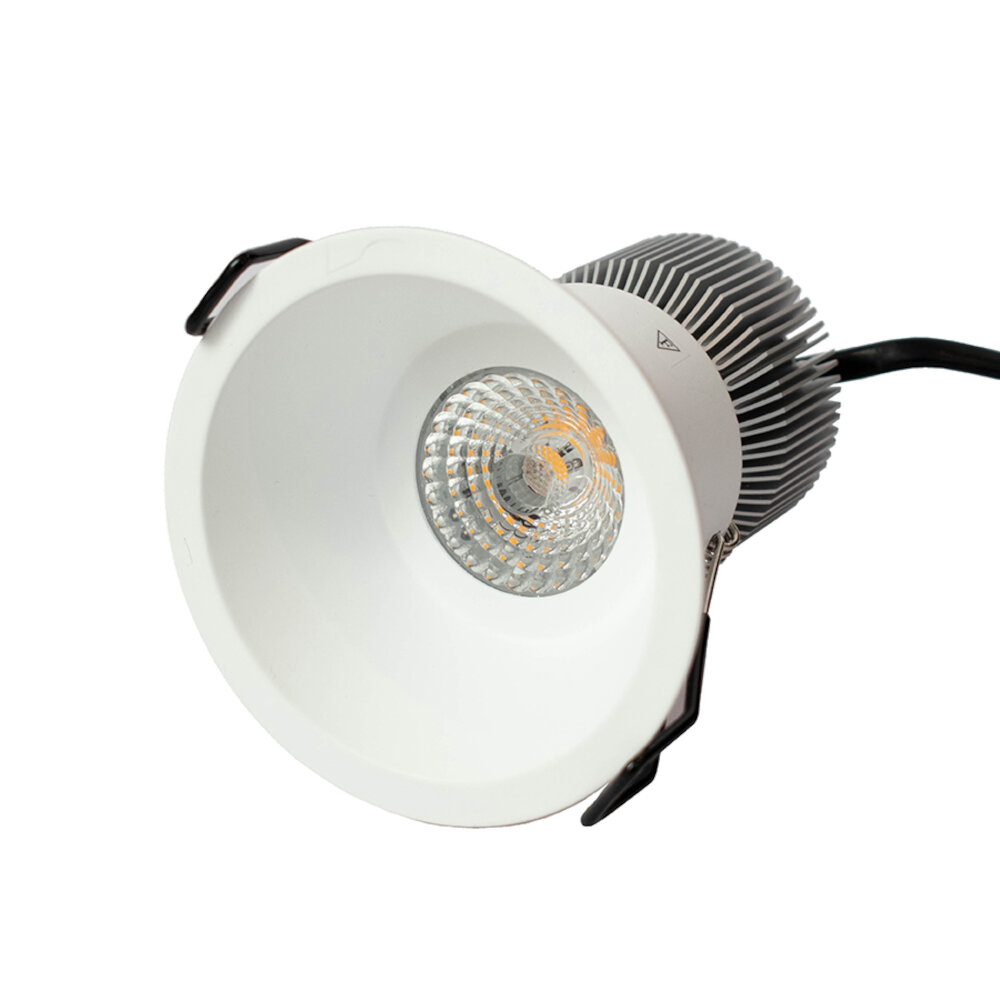
Hailed as one of the most significant inventions of the 21st century, LED light bulbs have revolutionized the way we light up our homes and businesses. Their energy efficiency, longevity, and versatility have made them the go-to choice for lighting solutions across the globe. LED bulbs offer an eco-friendly alternative to traditional light bulbs, which have been known to consume a lot of electricity, emit heat, and have a shorter lifespan. With LED bulbs, you can enjoy brighter, crisper lighting at a lower cost, making them an excellent investment for homes, offices, and public spaces. But what exactly are LED light bulbs? How do they work, and what makes them so different from traditional bulbs? If you’re looking to switch to LED bulbs, it’s essential to understand their characteristics, benefits, and drawbacks. This guide will provide you with everything you need to know about LED light bulbs, from their history to their current uses and future developments. Whether you’re a homeowner, business owner, or lighting enthusiast, this guide will equip you with the knowledge to make informed decisions when it comes to choosing LED bulbs.
What are LED Light Bulbs
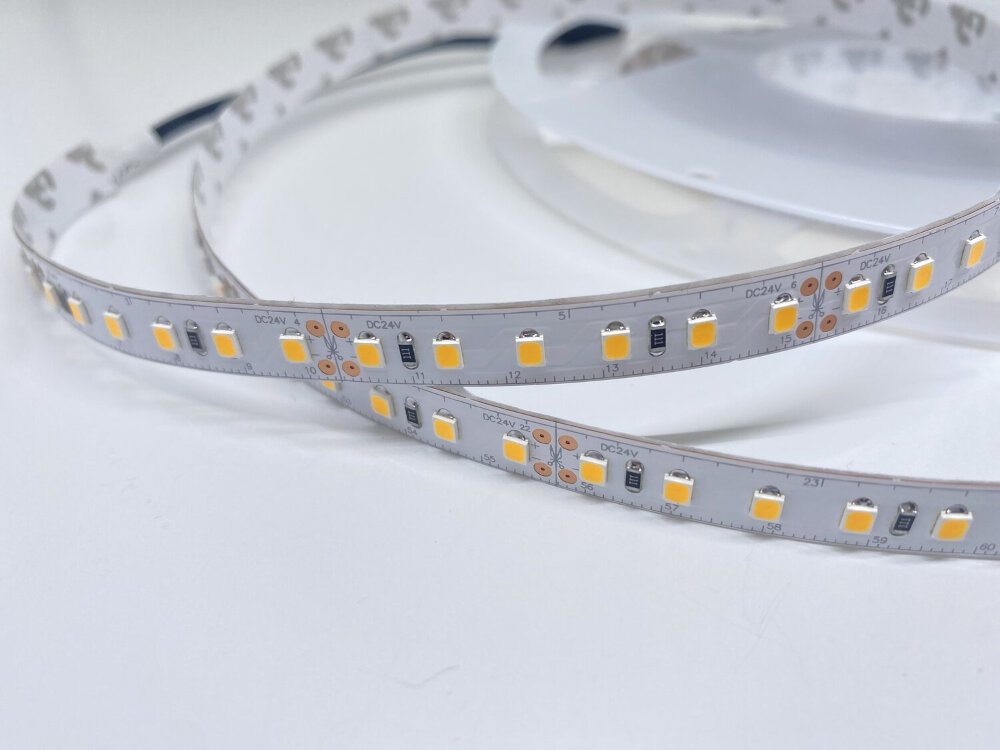
LED light bulbs are a type of lighting that has become increasingly popular in recent years due to their energy-efficient and long-lasting properties. LED stands for \light-emitting diode,\ which is a semiconductor device that emits light when an electric current is passed through it. LED light bulbs use this technology to produce light that is both bright and energy-efficient, making them an excellent choice for anyone looking to reduce their energy consumption and save money on their electricity bill. Compared to traditional incandescent bulbs, LED light bulbs use up to 80% less energy and last up to 25 times longer. They also produce very little heat, making them a safer option for lighting your home or office. Additionally, LED light bulbs are available in a variety of colors and styles, making it easy to find the perfect lighting solution for any space. Whether you’re looking for bright white light to help you focus while working or warm, soft light for a relaxing evening at home, LED light bulbs are a versatile and cost-effective choice.
LED light bulbs, or Light Emitting Diode light bulbs, are a type of energy-efficient lighting that have become increasingly popular in recent years. Unlike traditional incandescent bulbs, LED bulbs do not rely on a heated filament to produce light. Instead, they use a semiconductor to convert electricity into light. This technology makes LED bulbs more efficient, longer-lasting, and more environmentally friendly than traditional bulbs. LED light bulbs are available in a range of colors, shapes, and sizes to suit different lighting needs, and they are used in a variety of applications, including residential, commercial, and industrial lighting. With their energy-saving benefits and long lifespan, LED bulbs are a smart choice for anyone looking to reduce their energy consumption and environmental impact.
LED light bulbs are a type of lighting source that has gained widespread popularity in recent years. Unlike traditional incandescent bulbs, which use a filament to produce light, LED bulbs rely on a semiconductor to generate light. When a current is applied to the semiconductor, it releases energy in the form of photons, producing light. LED bulbs are highly energy-efficient, using up to 80% less energy than traditional bulbs and lasting up to 25 times longer. They also come in a variety of colors and can be dimmed to create the desired ambiance. Although LED bulbs may be more expensive initially, their long lifespan and energy savings make them a cost-effective choice in the long run.
LED light bulbs offer several advantages over traditional incandescent or fluorescent bulbs. First and foremost, they are much more energy-efficient, using up to 80% less electricity to produce the same amount of light. This means lower electricity bills and a reduced carbon footprint. LED bulbs are also longer-lasting, with an average lifespan of around 25,000 hours compared to just 1,000 hours for incandescent bulbs. They are also more durable and resistant to breakage, making them a safer option. Additionally, LED bulbs come in a range of colors and styles, allowing for more creative lighting designs. Overall, LED light bulbs are a smart choice for anyone looking to save money, reduce their environmental impact, and enhance the aesthetic appeal of their home or office.
When compared to traditional incandescent bulbs, LED light bulbs are significantly more energy efficient and environmentally friendly. LED bulbs consume up to 80% less energy than their traditional counterparts and have a lifespan of up to 25,000 hours, making them more cost-effective in the long run. Additionally, LED bulbs do not contain toxic materials such as mercury, which can harm both the environment and human health. Overall, the superior energy efficiency, longevity, and eco-friendliness of LED light bulbs make them a smart and responsible choice for consumers.
Types of LED Light Bulbs
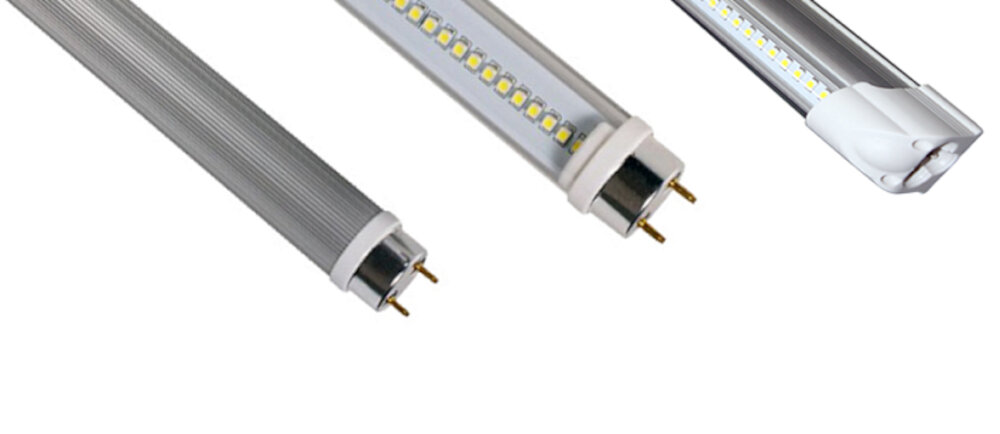
LED light bulbs are a popular and energy-efficient alternative to traditional incandescent bulbs. They come in a variety of shapes and sizes, each with their own unique benefits and uses. The three main types of LED light bulbs are A-shaped, reflector, and decorative. A-shaped LED bulbs are designed to replace traditional incandescent bulbs in lamps and light fixtures. They emit a soft, warm light and are available in a range of color temperatures to match your preference. A-shaped bulbs are available in both dimmable and non-dimmable options, making them versatile for any lighting situation. Reflector LED bulbs are designed for directional lighting, such as in recessed lighting fixtures or track lighting. They emit a bright, focused light that is perfect for highlighting artwork or architectural features. Reflector bulbs are available in a variety of beam angles, allowing you to customize the lighting to your specific needs. Decorative LED bulbs are designed to be visually appealing and add a decorative element to your lighting design. They come in a variety of shapes, including globe, candle, and Edison styles, and can be used in chandeliers, pendant lights, and other decorative fixtures. Decorative bulbs are available in a range of color temperatures and dimmable options to match your desired ambiance.
LED light bulbs come in several types, each with a unique characteristic that makes them suitable for different lighting purposes. The most common types of LED bulbs include A-shape, globe, flood, and spotlights. A-shape bulbs are the most commonly used LED bulbs and are designed to replace traditional incandescent bulbs in fixtures like table lamps and ceiling fans. Globe bulbs, on the other hand, have a round shape and are perfect for use in pendant lights and chandeliers. Floodlights have a wide beam angle and are ideal for illuminating large areas such as outdoor spaces. Lastly, spotlights have a narrow beam angle and are perfect for highlighting specific areas like artwork and architectural features. With so many different types of LED bulbs, it’s easy to find the perfect one for any lighting need.
LED light bulbs have become increasingly popular due to their energy efficiency and eco-friendliness. There are three main types of LED bulbs: standard, flood, and spotlight. Standard LED bulbs emit a soft, warm light and are suitable for everyday use in lamps and overhead fixtures. Flood LED bulbs provide a wider beam angle and are ideal for illuminating large areas such as living rooms and kitchens. Spotlight LED bulbs are designed to focus light in a specific direction and are perfect for highlighting artwork or accenting architectural features. The benefits of LED bulbs include longer lifespan, lower energy consumption, and the absence of harmful chemicals like mercury. Additionally, LED bulbs emit less heat, making them safer to use and reducing cooling costs. With their versatility and superior performance, LED bulbs are a smart investment for any home or business.
Choosing the right type of LED light bulb can seem overwhelming at first, but it ultimately comes down to your personal preferences and needs. If you’re looking for a bulb that will save you money on your energy bill, then an LED bulb with a lower wattage and longer lifespan is the way to go. However, if you prioritize brightness and color temperature, then you’ll want to look for a bulb with a higher lumen output and a color temperature that suits your taste. Additionally, if you’re looking for a bulb that can be dimmed or used with a smart home system, then you’ll want to make sure the bulb is compatible with those features. Ultimately, the right type of LED bulb for you will depend on your unique needs and preferences.
Choosing the Right LED Light Bulbs
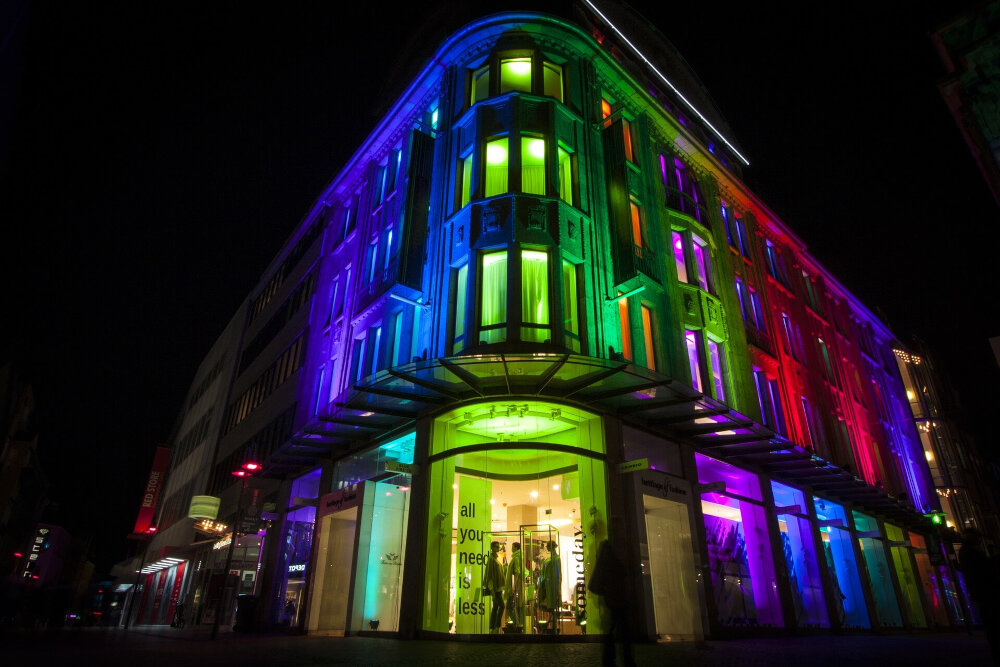
When it comes to choosing the right LED light bulbs, there are several factors to consider. One of the most important factors is the color temperature. LED bulbs come in different color temperatures, ranging from warm yellow to cool blue. The warm yellow light is suitable for creating a cozy and relaxing atmosphere, while the cool blue light is ideal for task lighting and creating a bright and energizing ambiance. The color temperature is measured in Kelvins, with lower Kelvins indicating warmer light and higher Kelvins indicating cooler light. Therefore, it is essential to choose the right color temperature for your needs and preferences. Another crucial factor to consider when choosing LED light bulbs is the lumens. Lumens refer to the amount of light produced by the bulb. The higher the lumens, the brighter the light. It is important to choose the right lumens for the room or space where the bulb will be used. For example, a 60-watt incandescent bulb produces about 800 lumens, while a 100-watt incandescent bulb produces about 1600 lumens. Therefore, if you are replacing a 60-watt bulb, you should choose an LED bulb that produces around 800 lumens. By considering these factors, you can choose the right LED light bulbs for your needs and enjoy the many benefits they offer, including energy efficiency, longevity, and environmental friendliness.
When selecting LED light bulbs, there are multiple factors to consider to ensure optimal performance and energy efficiency. Firstly, it’s important to consider the brightness and color temperature of the bulb, which can affect the ambiance of the space. Secondly, check the wattage and lumens output to ensure the bulb provides the required level of illumination. Thirdly, consider the bulb’s lifespan and energy efficiency rating, as many models offer longer lifespans and lower energy consumption compared to traditional bulbs. Fourthly, check the bulb’s compatibility with dimmer switches, timers, and other smart home devices. Lastly, consider the bulb’s design and fitting, as some models may not fit all types of light fixtures. By considering these factors, consumers can make informed decisions and choose the right LED light bulbs for their needs.
When it comes to LED light bulbs, understanding wattage and lumens is crucial. Wattage refers to the amount of energy that a light bulb consumes. The higher the wattage, the more energy it consumes, which means a higher electricity bill. Lumens, on the other hand, refer to the amount of light that a bulb produces. The higher the lumens, the brighter the light. It’s important to note that wattage and lumens aren’t directly related, meaning that a bulb with a higher wattage doesn’t necessarily mean it will produce more light. In fact, LED light bulbs are known for their energy efficiency, meaning they can produce the same amount of light as a traditional bulb with a lower wattage, resulting in cost savings. So, when shopping for LED light bulbs, pay attention to both wattage and lumens to ensure you get the right level of brightness without sacrificing energy efficiency.
Color temperature and CRI are two important factors to consider when choosing LED light bulbs. Color temperature refers to the hue of the light emitted by the bulb and is measured in Kelvins. A lower color temperature (2700K-3000K) emits a warm, yellowish light, while a higher color temperature (5000K-6500K) emits a cool, bluish light. The CRI (Color Rendering Index) measures how accurately a bulb can reproduce colors compared to natural sunlight. A higher CRI (80-90+) means colors appear more vibrant and true to life, while a lower CRI (below 80) can make colors appear dull or washed out. It’s important to consider both color temperature and CRI when selecting LED light bulbs to ensure you achieve the desired look and feel for your space.
Dimming capabilities of LED light bulbs refer to their ability to adjust the brightness level according to a user’s preference. This feature allows users to create a more comfortable and cozy atmosphere while saving energy and reducing electricity bills. The dimming capability of LED bulbs is achieved through a process called pulse-width modulation, which reduces the amount of current flowing to the bulb, resulting in a lower light output. It is important to note that not all LED bulbs are dimmable, and it is essential to check if the bulb is compatible with the dimmer switch before purchasing. Dimming capabilities of LED bulbs are an essential feature for creating a more comfortable and energy-efficient environment.
Installation and Maintenance
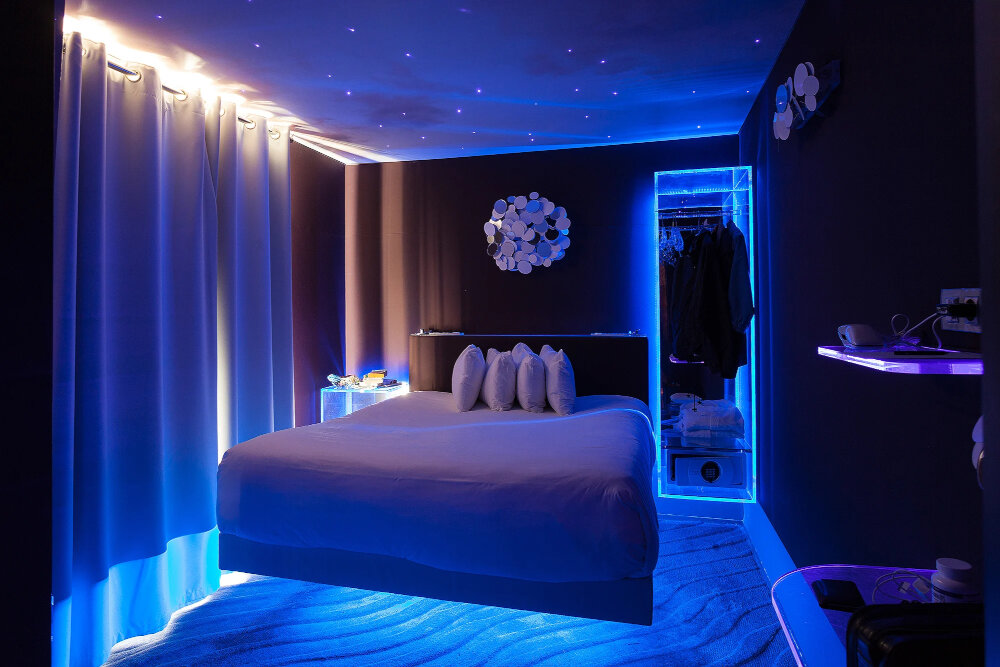
Installation and maintenance are essential aspects of LED light bulbs that can impact their performance and lifespan. Installing LED bulbs is relatively simple and requires no special tools or equipment. However, it is important to ensure that the bulbs are compatible with the existing fixtures and that the wattage and voltage requirements are met. LED bulbs are available in a variety of shapes and sizes, making them suitable for different types of fixtures, including lamps, ceiling lights, and chandeliers. When installing LED bulbs, it is important to follow the manufacturer’s instructions carefully and to ensure that the bulbs are securely in place to prevent damage or accidents. Maintenance is also an important consideration when it comes to LED light bulbs. LED bulbs are designed to last longer than traditional incandescent bulbs, but they still require some maintenance to ensure optimal performance. One of the most important things to remember when maintaining LED bulbs is to keep them clean. Dust, dirt, and other debris can accumulate on the surface of the bulbs, reducing their brightness and efficiency. To clean LED bulbs, simply use a soft, dry cloth to wipe away any dirt or debris. It is also important to avoid using harsh chemicals or abrasive materials, as these can damage the surface of the bulbs. By following these simple installation and maintenance tips, you can ensure that your LED light bulbs provide optimal performance and last for many years to come.
Installing LED light bulbs is a simple process that can save you money and energy. Firstly, turn off the power to the light fixture and let the bulb cool down if it was recently in use. Next, remove the old bulb by twisting it counterclockwise until it comes loose from the socket. Then, take the LED bulb and gently insert it into the socket, making sure it is securely in place. Finally, turn on the power and test the bulb to ensure it is working properly. LED bulbs are an efficient and long-lasting lighting option that can provide a bright and inviting atmosphere in any room of your home.
Proper maintenance of LED light bulbs can extend their lifespan and ensure optimal performance. To start, avoid touching the bulb with bare hands, as oils from the skin can cause damage. Instead, use a soft, dry cloth to clean the bulb when necessary. It’s also important to keep the bulb free of dust and debris, as this can affect brightness and color. Regularly inspect the fixture and wiring to ensure there are no loose connections or other issues that could impact the bulb. Finally, be sure to choose LED bulbs that are compatible with your fixtures and dimmer switches, and avoid using them in areas with excessive heat or moisture. By following these tips, you can enjoy the benefits of LED lighting for years to come.
When it comes to LED light bulbs, there are some common troubleshooting issues that you may encounter. One of the most common issues is flickering or flashing, which can be caused by a variety of factors such as a faulty bulb, incompatible dimmer switch, or voltage fluctuations. Another issue is the bulb not turning on, which may be caused by a loose connection, faulty wiring, or a bad switch. Additionally, some LED bulbs may produce a buzzing or humming sound, which can be caused by the bulb itself or the fixture it is installed in. It is important to troubleshoot these issues to ensure that your LED light bulbs are functioning properly and to prolong their lifespan.
In conclusion, LED light bulbs offer a plethora of benefits over traditional incandescent bulbs. These benefits include energy efficiency, longer lifespan, durability, and cost savings in the long run. Additionally, LED bulbs are available in a wide range of colors and brightness levels, making them suitable for various applications. When purchasing LED bulbs, it’s essential to consider factors like color temperature and lumens to ensure you get the desired brightness and color. Finally, it’s worth noting that LED bulbs are eco-friendly, as they do not contain harmful substances like mercury and do not emit UV or IR radiation, making them safe for use in homes and offices. Overall, switching to LED bulbs is an excellent investment that can improve your lighting experience while saving you money and reducing your carbon footprint.
In conclusion, LED light bulbs are a great investment for anyone looking to save on energy costs and reduce their carbon footprint. They are not only energy-efficient, but they also have a long lifespan and emit less heat compared to traditional bulbs. Additionally, with the advancements in technology, LED bulbs are available in a wide range of colors and brightness levels, making them suitable for any lighting need. While they may be more expensive upfront, their long-term benefits and durability make them a worthwhile investment for both individuals and businesses. Overall, LED light bulbs are a smart choice for those looking to improve their lighting while also being environmentally conscious.
The future of LED light bulbs in the lighting industry seems very bright as they are increasingly becoming the preferred choice for both residential and commercial use. With their energy efficiency, durability, and versatility, LED bulbs have revolutionized the lighting industry. LED bulbs last longer than traditional incandescent bulbs and are more energy-efficient, making them environmentally friendly and cost-effective. As technology continues to improve, LED bulbs are becoming even more advanced, offering a wider range of colors and brightness levels. As more people become aware of the benefits of LED bulbs, we can expect to see an even greater shift towards this innovative technology in the years to come.
Conclusion
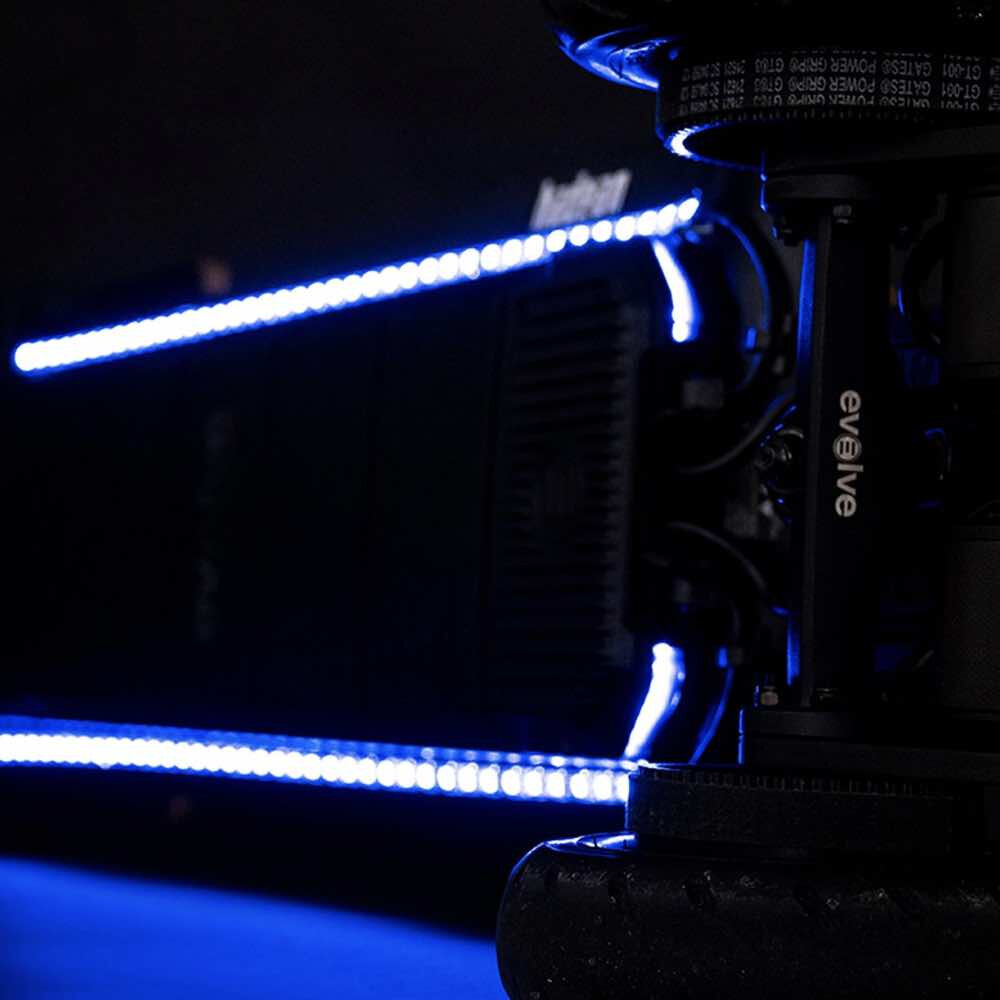
In conclusion, LED light bulbs are a game-changing technology in the lighting industry. They offer significant benefits over traditional incandescent and fluorescent bulbs, including energy efficiency, longer lifespan, and reduced environmental impact. With a wide range of sizes, shapes, and colors available, LED light bulbs are suitable for a variety of applications in homes, businesses, and public spaces. While they may cost more upfront, the long-term savings and benefits make them a worthwhile investment. By choosing LED light bulbs, we can reduce our energy consumption and carbon footprint while enjoying high-quality and versatile lighting.



